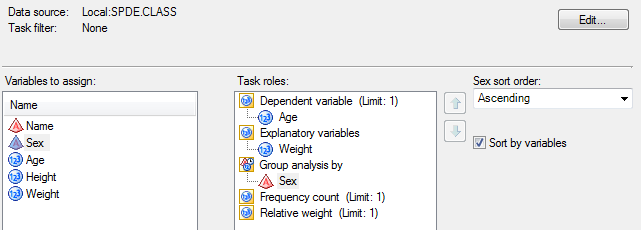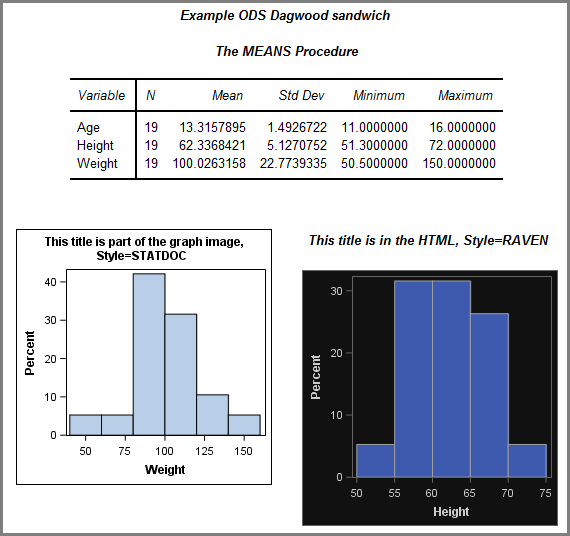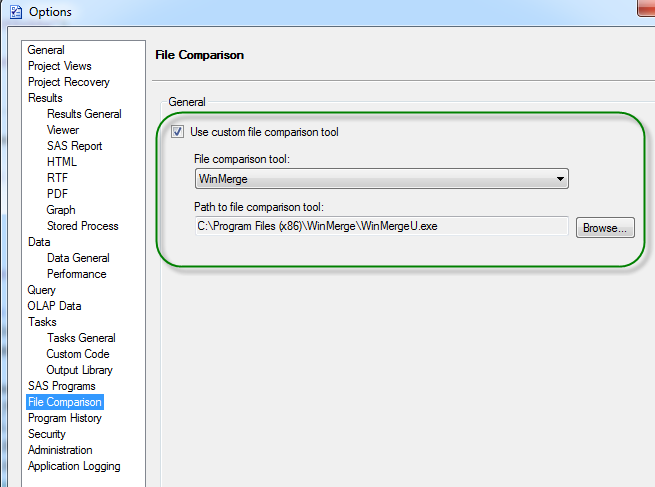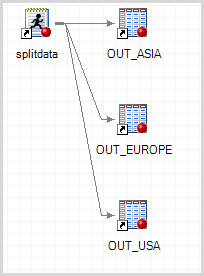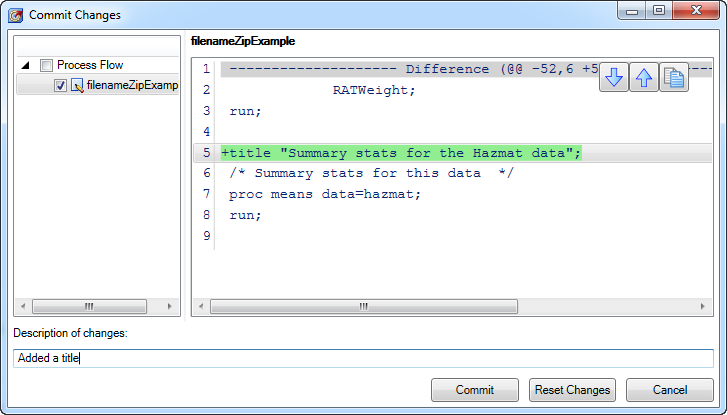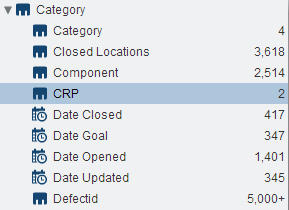
In previous articles, I've shared tips about how you can work with SAS and ZIP files without requiring an external tool like WinZip, gzip, or 7-Zip. I've covered: How to create ZIP files with ODS PACKAGE ZIP (available since SAS 9.2) How to "unzip" and read ZIP files using FILENAME

